Scientists create a sun-powered artificial leaf that turns sunlight and CO₂ into fuel and chemicals, challenging fossil fuels.
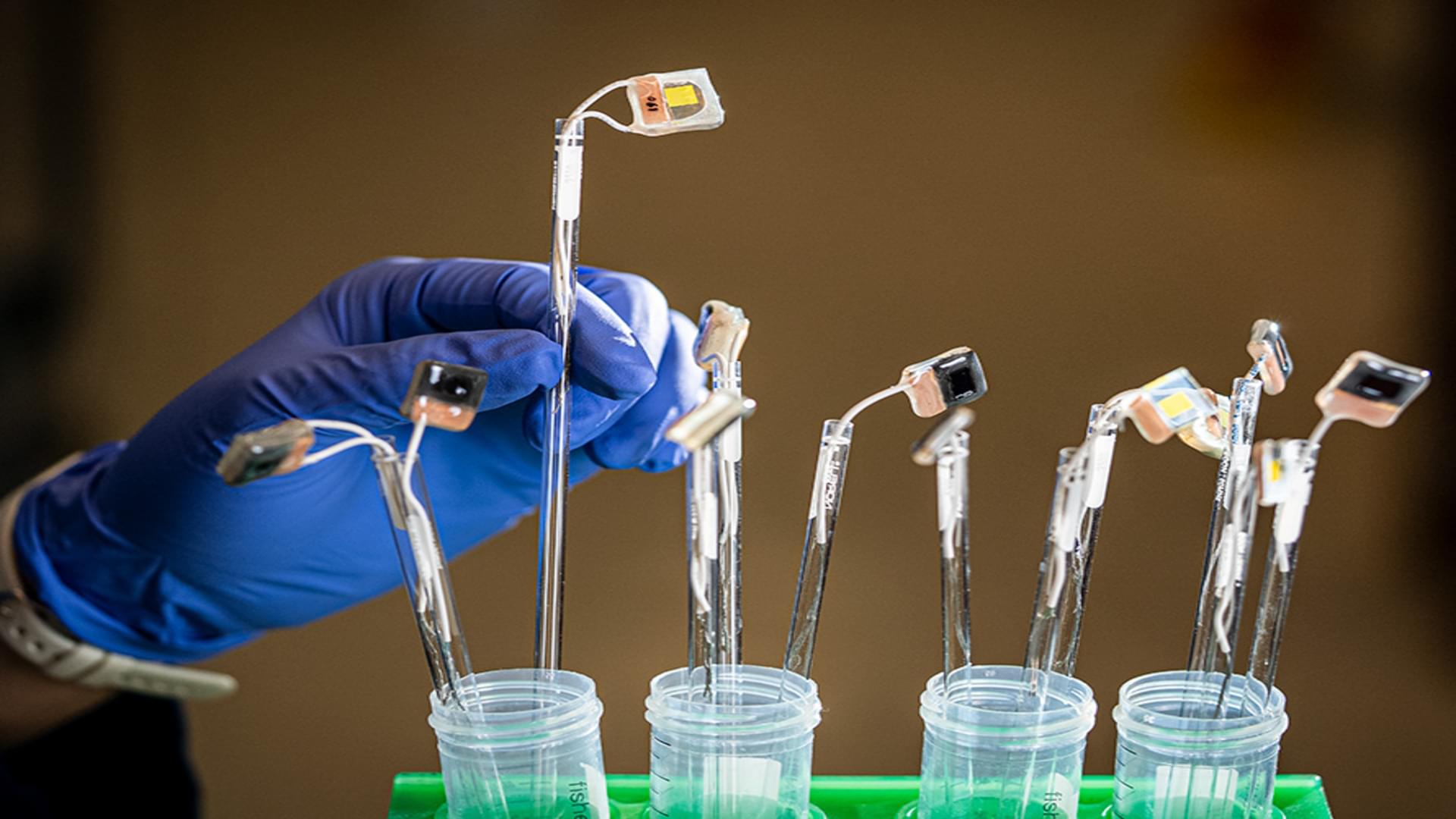


Those who climb indoors are doing something for their health. But climbing shoes contain chemicals of concern that can enter the lungs of climbers through the abrasion of the soles.
In a recent study, researchers from the University of Vienna and EPFL Lausanne have shown for the first time that high concentrations of potentially harmful chemicals from climbing shoe soles can be found in the air of bouldering gyms. In some cases they are higher than on a busy street. The results have been published in the journal ACS ES&T Air.
A climbing hall is filled with a variety of smells: sweat, chalk dust and a hint of rubber. A research group led by environmental scientist Thilo Hofmann at the University of Vienna has now discovered that rubber abrasion from climbing shoes can enter the lungs of athletes. The shoes contain rubber compounds similar to those used in car tires—including additives suspected of being harmful to humans and the environment.
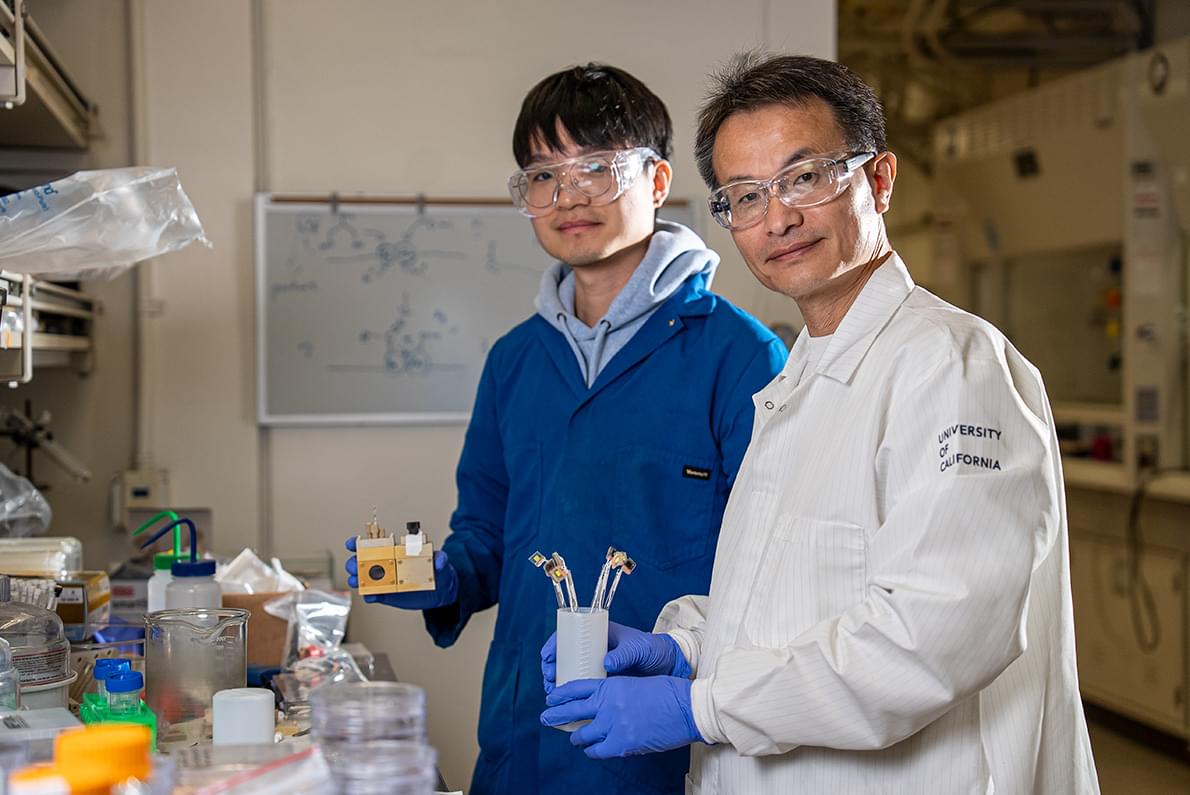
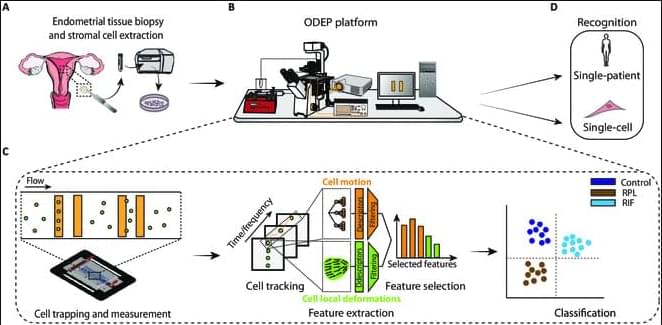
The presence of cellular defects of multifactorial nature can be hard to characterize accurately and early due to the complex interplay of genetic, environmental, and lifestyle factors. With this study, by bridging optically-induced dielectrophoresis (ODEP), microfluidics, live-cell imaging, and machine learning, we provide the ground for devising a robotic micromanipulation and analysis system for single-cell phenotyping. Cells under the influence of nonuniform electric fields generated via ODEP can be recorded and measured. The induced responses obtained under time-variant ODEP stimulation reflect the cells’ chemical, morphological, and structural characteristics in an automated, flexible, and label-free manner.
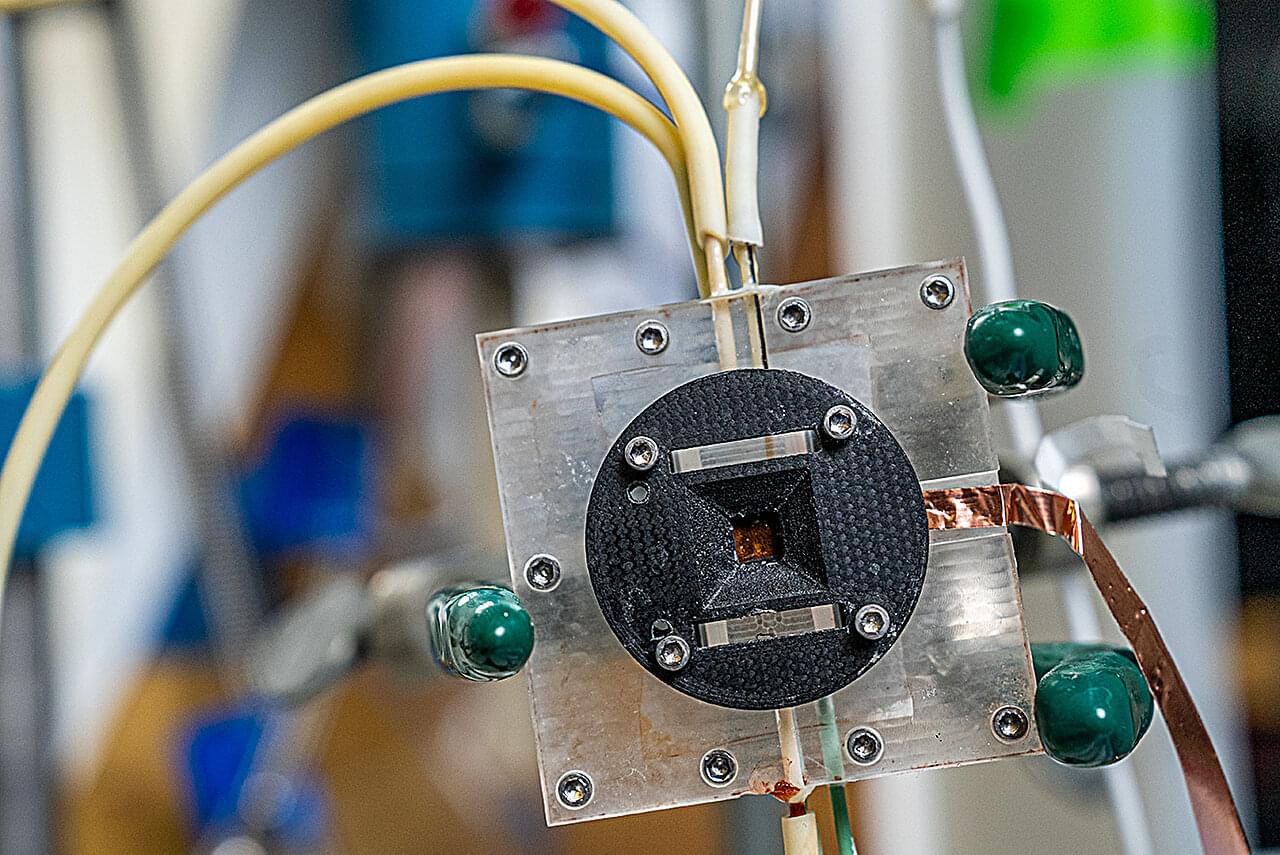
New research has revealed the fundamental mechanisms that limit the performance of copper catalysts—critical components in artificial photosynthesis that transform carbon dioxide and water into valuable fuels and chemicals.
In a study co-led by scientists at Lawrence Berkeley National Laboratory (Berkeley Lab) and SLAC National Accelerator Laboratory, researchers have used sophisticated X-ray techniques to directly observe how copper nanoparticles change during the catalytic process.
By applying small-angle X-ray scattering (SAXS)—a technique traditionally used to study soft materials like polymers—to this catalyst system, the team gained unprecedented insights into catalyst degradation that has puzzled scientists for decades.

Scientists and engineers are developing high-performance materials from eco-friendly sources like plant waste. A key component, lignocellulose—found in wood and many plants—can be easily collected and chemically modified to improve its properties.
By using these kinds of chemical changes, researchers are creating advanced materials and new ways to design and build sustainably. With about 181.5 billion tons of wood produced globally each year, it’s one of the largest renewable material sources.
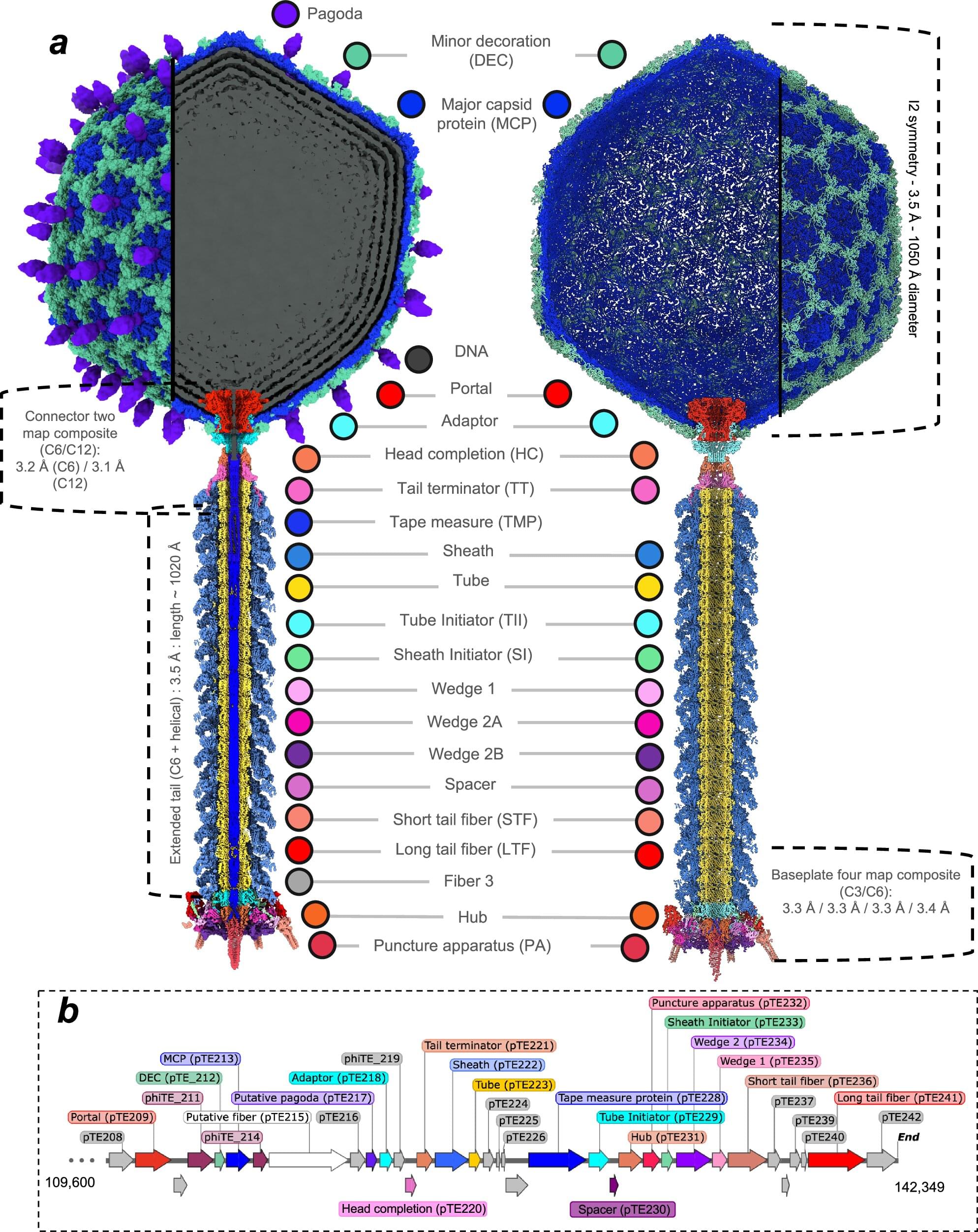
Plants are susceptible to a wide range of pathogens. For the common potato plant, one such threat is Pectobacterium atrosepticum, a bacterium that causes stems to blacken, tissues to decay, and often leads to plant death, resulting in significant agricultural losses each year.
In 2012, researchers isolated a new virus that infects and kills this bacterium—a bacteriophage named φTE (phiTE). Now, for the first time, scientists have uncovered the atomic structure of φTE, revealing a possible mechanism of infection that may be more complex than previously thought.
The study, published earlier this month in Nature Communications, is the result of a multidisciplinary collaboration between researchers from the Okinawa Institute of Science and Technology (OIST) and the University of Otago. It brings together expertise across several fields, including virology, structural biology, molecular genetics, protein engineering, biochemistry, and biophysics.
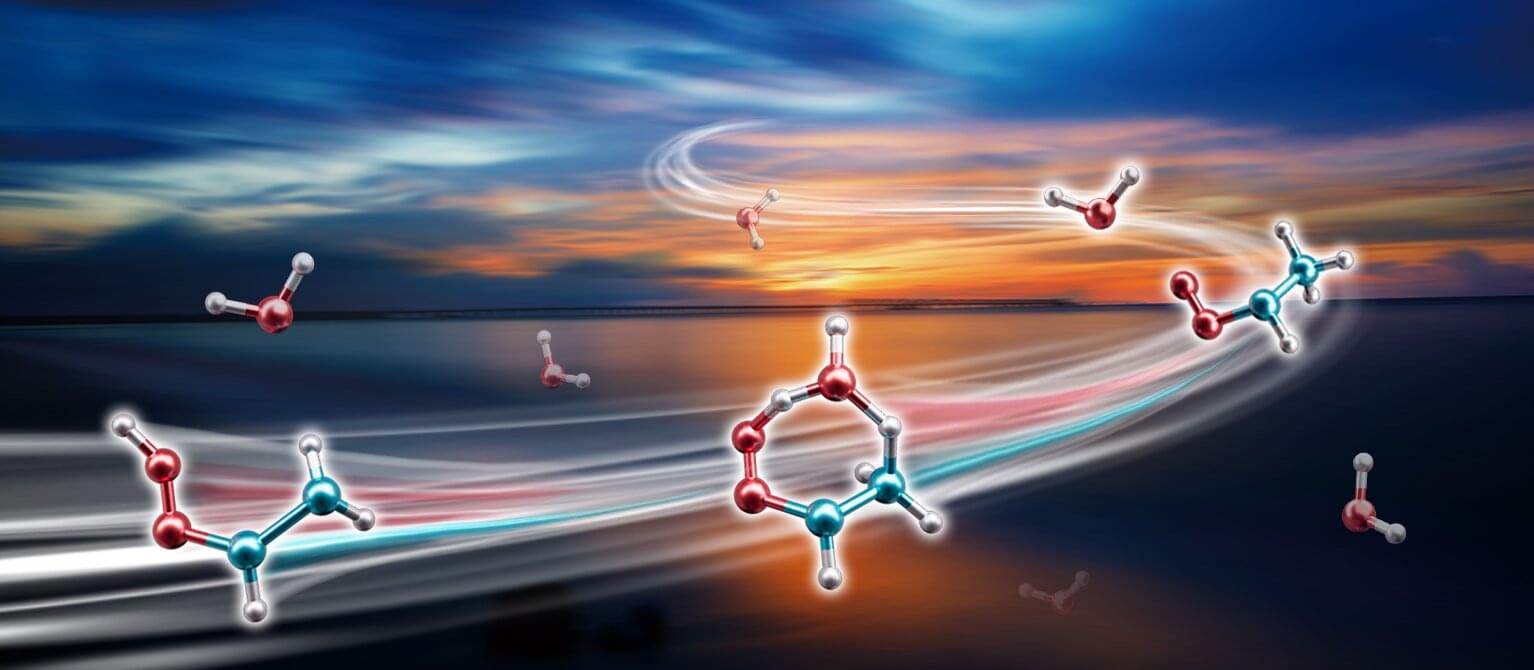
Criegee intermediates (CIs)—highly reactive species formed when ozone reacts with alkenes in the atmosphere—play a crucial role in generating hydroxyl radicals (the atmosphere’s “cleansing agents”) and aerosols that impact climate and air quality. The syn-CH3CHOO is particularly important among these intermediates, accounting for 25%–79% of all CIs depending on the season.
Until now, scientists have believed that syn-CH3CHOO primarily disappeared through self-decomposition. However, in a study published in Nature Chemistry, a team led by Profs. Yang Xueming, Zhang Donghui, Dong Wenrui and Fu Bina from the Dalian Institute of Chemical Physics (DICP) of the Chinese Academy of Sciences has uncovered a surprising new pathway: syn-CH3CHOO’s reaction with atmospheric water vapor is approximately 100 times faster than previously predicted by theoretical models.
Using advanced laser techniques, the researchers experimentally measured the reaction rate between syn-CH3CHOO and water vapor, and discovered the faster reaction time. To uncover the reason behind this acceleration, they constructed a high-accuracy full-dimensional (27D) potential energy surface using the fundamental invariant-neural network approach and performed full-dimensional dynamical calculations.
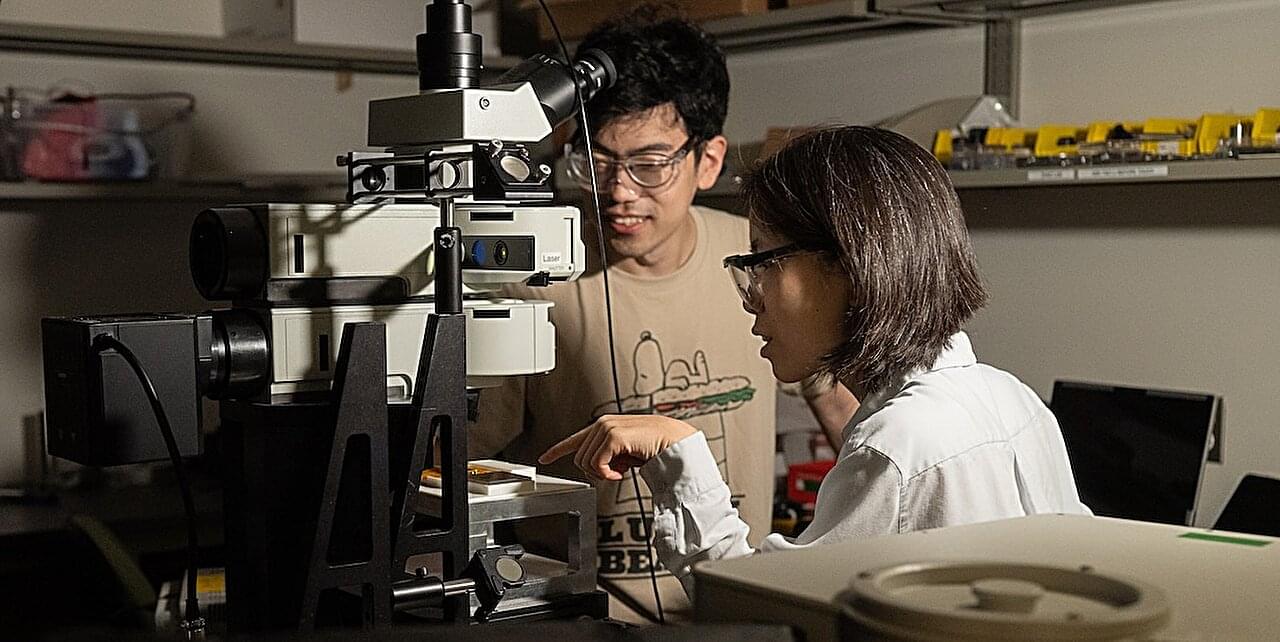
Researchers at Rice University have developed a new machine learning (ML) algorithm that excels at interpreting the “light signatures” (optical spectra) of molecules, materials and disease biomarkers, potentially enabling faster and more precise medical diagnoses and sample analysis.
“Imagine being able to detect early signs of diseases like Alzheimer’s or COVID-19 just by shining a light on a drop of fluid or a tissue sample,” said Ziyang Wang, an electrical and computer engineering doctoral student at Rice who is a first author on a study published in ACS Nano. “Our work makes this possible by teaching computers how to better ‘read’ the signal of light scattered from tiny molecules.”
Every material or molecule interacts with light in a unique way, producing a distinct pattern, like a fingerprint. Optical spectroscopy, which entails shining a laser on a material to observe how light interacts with it, is widely used in chemistry, materials science and medicine. However, interpreting spectral data can be difficult and time-consuming, especially when differences between samples are subtle. The new algorithm, called Peak-Sensitive Elastic-net Logistic Regression (PSE-LR), is specially designed to analyze light-based data.

A major breakthrough at POSTECH could dramatically boost AI speeds and device efficiency.
Researchers have, for the first time, decoded how Electrochemical Random-Access Memory (ECRAM) works, using a special technique to observe internal electron behavior even at extreme temperatures. This hidden mechanism, where oxygen vacancies act like shortcuts for electrons, could unlock faster AI systems and longer-lasting smartphones, laptops, and tablets.
Breakthrough at POSTECH: boosting AI efficiency.